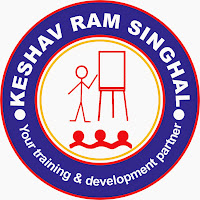ISO 9001:2015 QMS standard introduced risk-based thinking as an essential part of quality management system. While ISO 9001 QMS standard always advocated mitigating and avoiding risks, in its earlier versions, requirements of preventive action were included that's aim was to prevent or reduce undesired effects. Now with the introduction of risk-based thinking in the quality management system, the organization needs to focus on risk-based thinking and thus implementing risk-based thinking in an organization is a challenge.
It is not necessary to adopt risk management or formal risk-based approach as per ISO 31000:2018 standard for an organization that wishes to implement ISO 9001:2015 QMS standard. Depending on the context of an organization, ISO 31000 family standards may help the organization in taking a 'risk-based approach' to the quality management system, its processes and activities. ISO 31000:2018 standard provides principles and general guidelines on risk management. ISO 31000:2018 standard provides guidelines to adopt formal risk management. Although ISO 9001:2015 QMS standard incorporates risk-based thinking in its requirements. ISO 9001:2015 QMS standard does not mandate adoption of formal risk management as per ISO 31000 standard.
ISO 9001:2015 QMS standard does not prescribe implementing ISO 31000 standard's requirements, however bibliography at the end of ISO 9001:2015 QMS standard includes the reference of ISO 31000 standard.
- Keshav Ram Singhal
Organizations may contact for conducting in-house training program on (i) 'ISO 9001:2015 QMS Awareness', and (ii) 'Applying risk-based thinking.'
Moderate trainer's fee. Customer satisfaction is prime objective.
